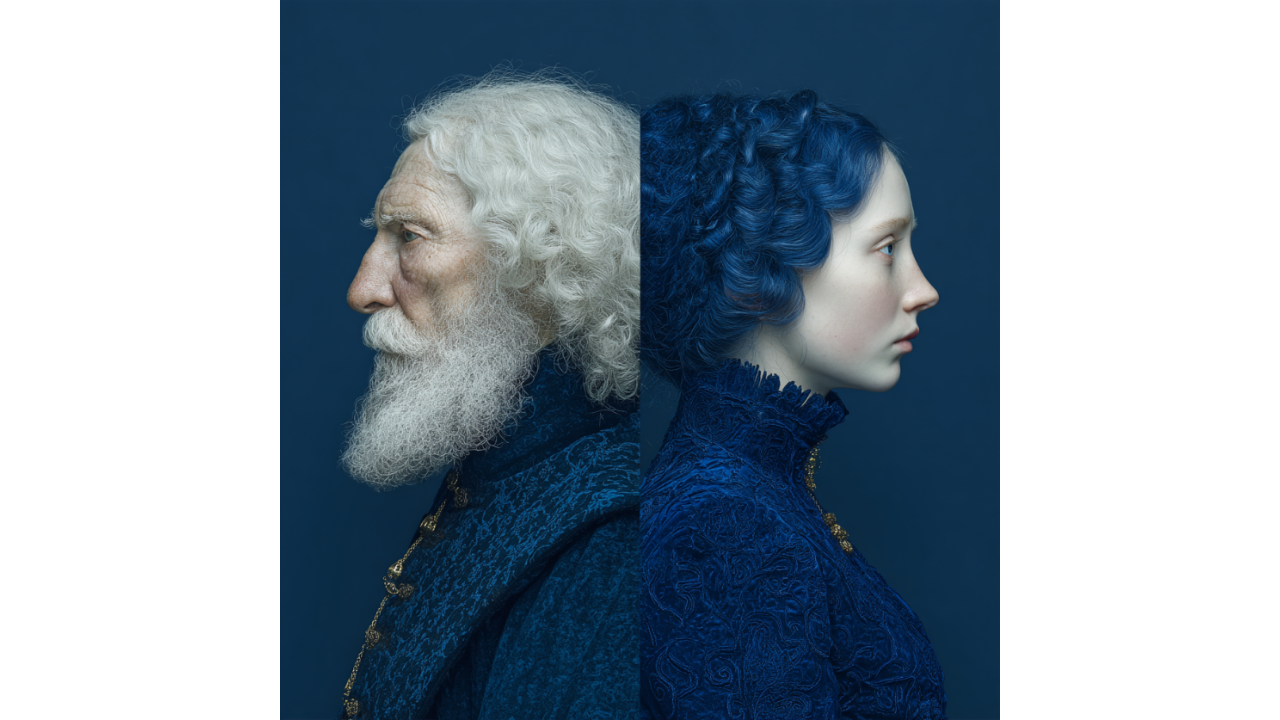The Godfather Gives an AI Jobs Update
Geoffrey Hinton, the Nobel Prize-winning computer scientist known as the "Godfather of AI," has delivered a stark warning about the future of work in...
3 min read
 Writing Team
:
Aug 8, 2025 10:59:45 AM
Writing Team
:
Aug 8, 2025 10:59:45 AM

We've all been there—staring at GPT-4 after trying the newer models, feeling like we're typing on a Nokia 3310 after experiencing an iPhone. Well, friends, OpenAI just delivered their iPhone moment, and it's called GPT-5. Released August 7, 2025, this isn't just an upgrade; it's the AI equivalent of discovering fire while your competitors are still rubbing sticks together.
GPT-5 is significantly less likely to hallucinate than our previous models. With web search enabled on anonymized prompts representative of ChatGPT production traffic, GPT‑5's responses are ~45% less likely to contain a factual error than GPT‑4o, and when thinking, GPT‑5's responses are ~80% less likely to contain a factual error than OpenAI o3. Let that sink in—80% fewer hallucinations. We're talking about the difference between a reliable research assistant and that intern who quotes Wikipedia as a primary source.
But here's where it gets delicious for us marketers: GPT‑5 scores 74.9% on SWE-bench Verified and 88% on Aider polyglot for coding tasks. For those keeping score at home, that means your "vibe coding" sessions just became professional-grade software development. OpenAI submitted the same prompt into two GPT-5 windows, and it generated two different apps within seconds—two different French learning apps with flashcards, quizzes, and progress tracking. Not wireframes. Not mockups. Functional applications.
Remember when Netflix started recommending shows you actually wanted to watch? GPT-5 just did that for AI models. The router is continuously trained on real signals, including when users switch models, preference rates for responses, and measured correctness, improving over time. Translation: the system learns whether you need a quick response or deep thinking without you having to play model roulette.
For growth teams, this is transformative. No more mental gymnastics about whether to use the fast model for social copy or the reasoning model for campaign strategy. GPT-5 reads the room and delivers accordingly. It's like having an AI sommelier that knows whether you need the quick pour or the aged vintage before you even ask.
ChatGPT will now let users choose from four different pre-set "personalities" when they interact with it: "cynic," "robot," "listener," and "nerd." Finally, an AI that understands brand voice isn't just about keywords and tone—it's about personality. Need snarky copy for your Gen Z campaign? Meet Cynic. Building B2B whitepapers? Nerd's got your back.
This isn't just cute feature bloat. In targeted sycophancy evaluations using prompts specifically designed to elicit sycophantic responses, GPT‑5 meaningfully reduced sycophantic replies (from 14.5% to less than 6%). Your AI assistant just learned to tell you the truth instead of what it thinks you want to hear. For marketers drowning in echo chambers, this is oxygen.
On a test measuring accuracy in AI model responses around healthcare topics, HealthBench Hard Hallucinations, OpenAI says GPT-5 (with thinking) hallucinates just 1.6% of the time. This is far lower than the company's previous GPT-4o and o3 models, which scored 12.9% and 15.8, respectively.
If you're in health tech, wellness, or any adjacent space, this is your moment. "One of the top use cases of ChatGPT is health. People use it a lot. You've all seen examples of people getting day-to-day care advice or sometimes even a life saving diagnosis," OpenAI CEO Sam Altman said. Now imagine campaign content that doesn't just sound medically accurate—it actually is.
Gmail and Google Calendar integration allows ChatGPT to summarize threads, manage tasks, and plan schedules, starting with Pro access. For growth marketers, this isn't just convenience—it's competitive intelligence. Imagine AI that can parse your entire email history for customer feedback patterns, competitor mentions, or campaign performance insights while scheduling your follow-ups.
The implications ripple through every marketing function: lead nurturing sequences that adapt based on email engagement patterns, competitive analysis that updates in real-time, and customer journey mapping that actually reflects how people behave, not how we think they behave.
OpenAI said it expects to hit 700 million weekly active users on ChatGPT this week, and with GPT-5 available to free users, that number's about to explode. But here's the thing—while everyone else is still learning prompt engineering, GPT-5 just made prompting feel as dated as learning HTML to build websites.
We're not just witnessing an AI upgrade; we're watching the birth of truly intelligent marketing assistance. The kind that doesn't just execute your ideas but actively improves them. The kind that doesn't just follow instructions but anticipates needs.
For growth marketers ready to embrace this new reality, the question isn't whether to adopt GPT-5—it's how quickly you can integrate it into every aspect of your strategy. Because while you're debating, your competitors are already building.
Ready to turn GPT-5's capabilities into your competitive advantage? Contact Winsome Marketing's growth experts to discover how we're helping brands maximize AI's marketing potential in 2025.
-3.png)
Geoffrey Hinton, the Nobel Prize-winning computer scientist known as the "Godfather of AI," has delivered a stark warning about the future of work in...
-2.png)
The United States government is preparing to launch its own AI chatbot platform on July 4th called AI.gov, and if you're having flashbacks to...
-2.png)
1 min read
Two hundred and forty-one people died in the Air India crash on Thursday morning. One survived. And Google's AI managed to blame the wrong aircraft...